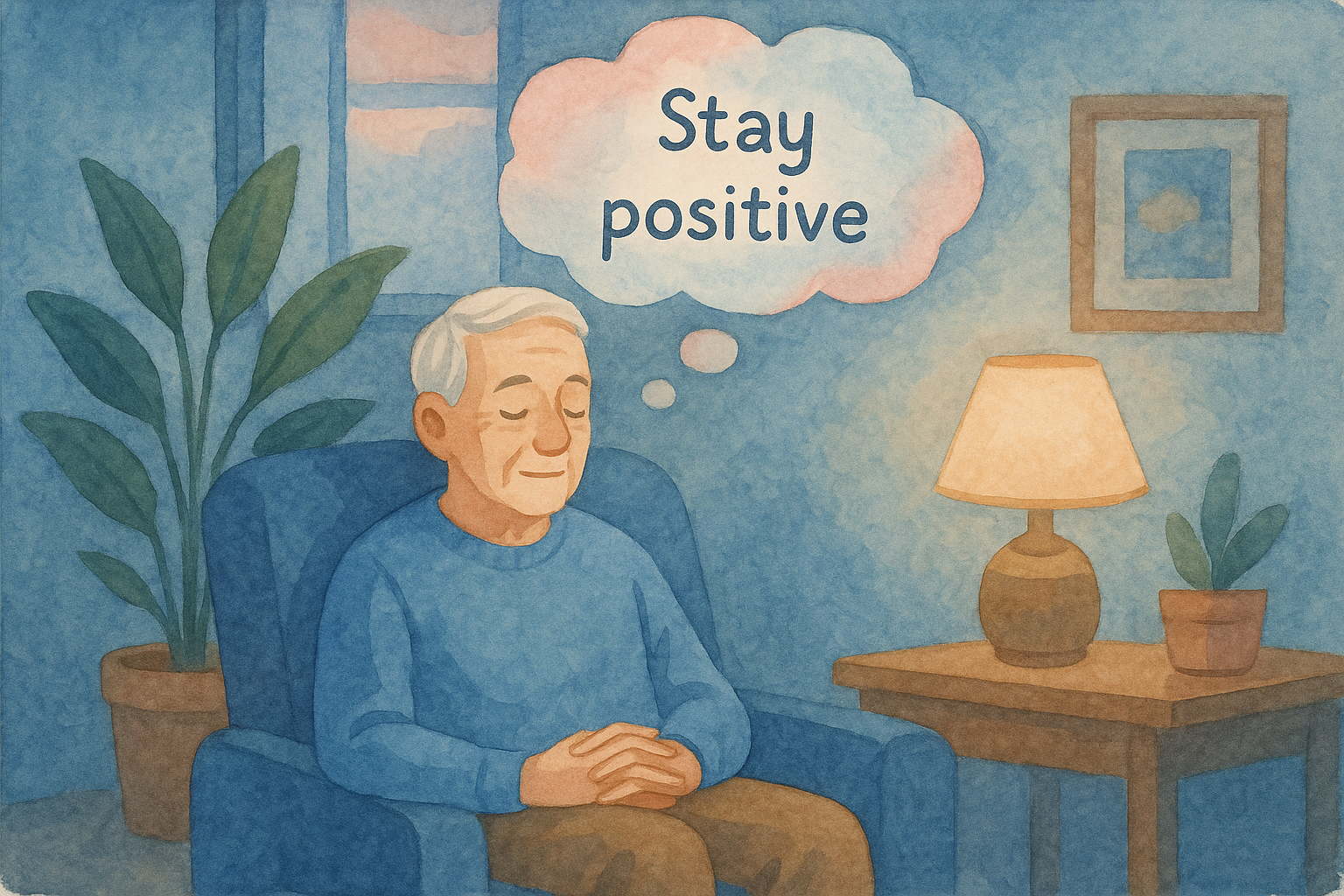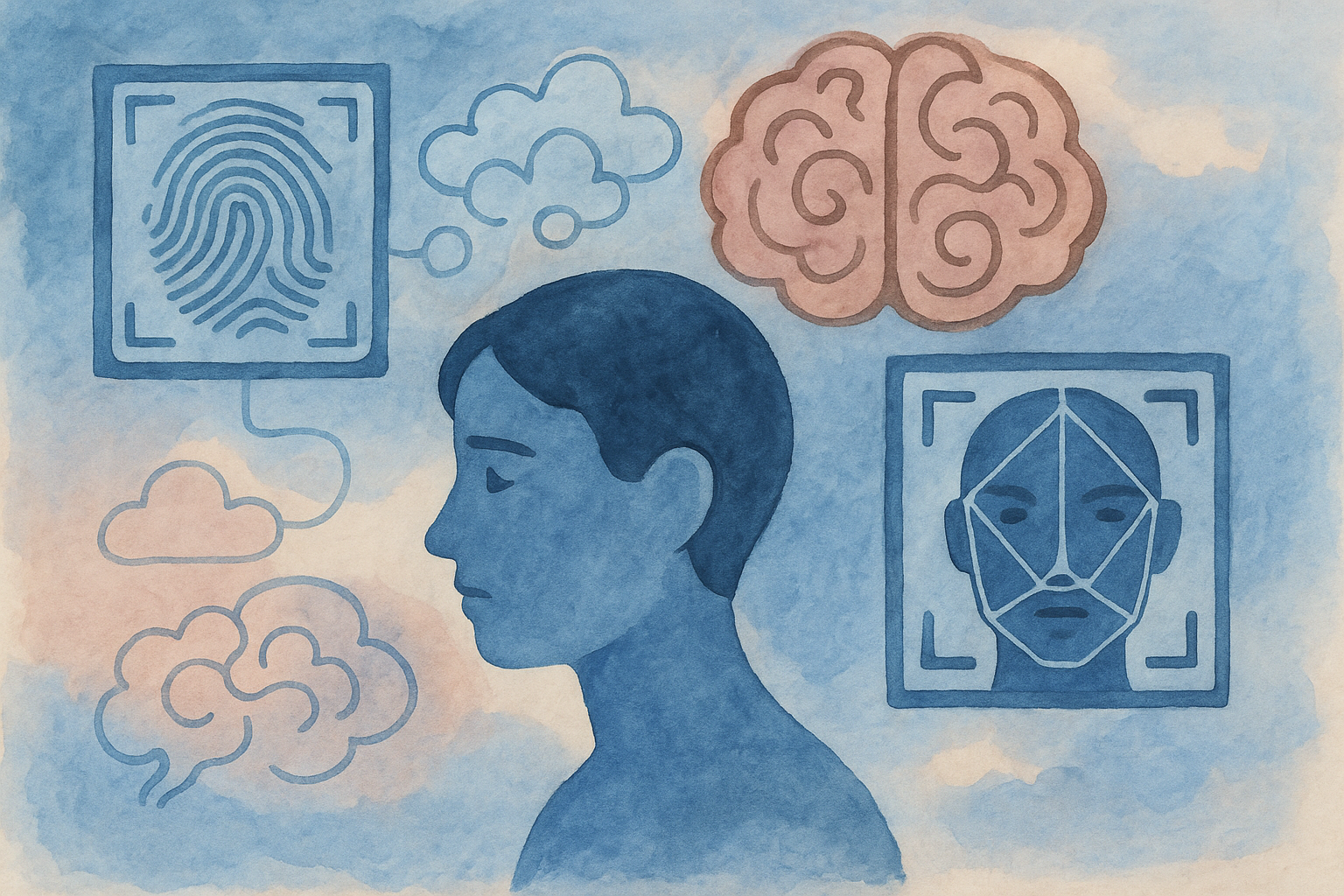This article explores Pure O OCD and Metacognitive OCD, focusing on the cognitive-first approach of cognitive-behavioral therapy (CBT). Through an empathetic lens, we’ll examine how understanding maladaptive beliefs and fostering cognitive flexibility can enhance mental wellbeing, illustrating the powerful connection between beliefs, thoughts, and feelings.
Understanding Pure O OCD
Understanding Pure O OCD
Pursuing a deeper understanding of Pure Obsessional OCD (Pure O) involves exploring the nature of intrusive thoughts and the cognitive types of compulsions that characterize this condition. Pure O is often misunderstood because individuals with this subtype of Obsessive-Compulsive Disorder (OCD) may not exhibit the visible compulsions that are typically associated with OCD. Instead, their struggles manifest primarily through intrusive thoughts that lead to significant distress and anxiety.
Individuals with Pure O experience obsessions that can range widely in content but commonly include fears related to harm, morality, sexual orientation, or inappropriate actions. For instance, a person may become fixated on the fear of acting on violent impulses towards others or themselves, even though these thoughts starkly contrast their true values and beliefs. This dissonance can be particularly distressing; the individual is caught in a cycle of worry and analysis, trying to reconcile alarming thoughts with their self-image as a non-violent person.
Another example might be someone who begins to question their sexual orientation as a compulsive thought spirals from an innocent interaction. The individual may worry about feeling attracted to someone of the same sex, leading to intense rumination over their identity. This anxiety can become self-perpetuating, as the person begins to fear the implications of these thoughts, regardless of their foundational understanding of their identity, which can lead to further ruminative cycles that disrupt day-to-day life.
The core issue with Pure O is that these intrusive thoughts trigger compulsive mental rituals. While an individual might not perform physical rituals, they may engage in extensive cognitive compulsions such as seeking reassurance, re-evaluating decisions, or rehearsing potential scenarios as a way to alleviate the fear. These mental strategies are aimed at forcing control over the unwanted thoughts but often result in increased anxiety and distress. The paradox of these compulsions is that although they seem to offer temporary relief, they ultimately reinforce the obsessions and lead to a more entrenched cycle of anxiety.
Therapy plays a crucial role in breaking this cycle, with Cognitive-Behavioral Therapy (CBT) being a frontline treatment approach. CBT focuses on identifying and challenging distorted thought patterns associated with OCD. It allows individuals to map their beliefs and understand the cognitive distortions influencing their feelings and behaviors. Through exposure and response prevention (ERP), which is a key component of CBT, patients learn to face their intrusive thoughts without resorting to mental compulsions. This process can significantly diminish the power of those thoughts over time.
Moreover, part of the healing process involves skills training to develop healthier coping mechanisms. For instance, therapists may incorporate mindfulness techniques to help individuals learn to observe their thoughts without judgment. This practice fosters distance from the intrusive ideas, allowing the person to recognize them as just thoughts—not realities or indications of their character. An example of this could be practicing to label thoughts as “just thoughts” and recognizing the patterns without engaging with them emotionally.
As individuals navigate their journey through Pure O, it is essential that they cultivate self-compassion. Distress from intrusive thoughts can lead to feelings of shame and isolation; therapists often emphasize that such thoughts do not reflect a person’s intentions or desires. Encouraging narratives that reinforce the fact that everyone experiences unwanted thoughts can act as a powerful antidote to feelings of loneliness and guilt.
Ultimately, the journey through Pure O OCD involves a combination of understanding the nature of these thoughts, navigating personal beliefs about self-worth and identity, and using therapeutic strategies to foster cognitive flexibility. Both personal insight and professional guidance pave the way toward reclaiming mental wellbeing and diminishing the grip of intrusive thoughts.
As we transition to discussing Metacognitive OCD, it is essential to recognize how one’s awareness of their thought processes can further shape the experience of OCD, serving both as a lens for understanding intrusive thoughts and a platform for developing more adaptive methods to cope with them.
The Role of Metacognition in OCD
In the realm of obsessive-compulsive disorder (OCD), metacognition plays a pivotal role in understanding the intricacies of how individuals process their thoughts, particularly in the context of Pure O and Metacognitive OCD. Metacognition refers to a higher-level awareness of one’s cognitive processes—essentially, thinking about one’s thinking. Individuals with OCD frequently grapple with this metacognitive awareness, finding themselves entrapped in a cycle of overwhelming intrusive thoughts and distressing interpretations of those thoughts.
Individuals suffering from Pure O OCD experience intrusive thoughts that are often ego-dystonic, meaning they are in direct conflict with their personal values and beliefs. The thoughts can range from fears of harming others to bizarre or taboo ideas, which create intense anxiety. However, it is not solely the content of these thoughts that contributes to their distress; it is often the interpretation of these thoughts that exacerbates their emotional turmoil. For instance, a person might experience a fleeting thought of committing an act of violence, leading them to question their character. This self-doubt, fueled by metacognitive beliefs—such as “If I think about it, I might actually do it”—intensifies the anxiety and reinforces compulsive behaviors aimed at neutralizing those thoughts.
Metacognitive beliefs can create a framework within which individuals assess their thoughts. Negative metacognitive beliefs—such as assuming that having a harmful thought means one is a bad person—can trap individuals in an endless cycle of ruminating on their intrusive thoughts. This cycle often leads to ineffective coping strategies, such as mental rituals or avoidance behaviors, which may provide only temporary relief but ultimately reinforce the underlying fears. For instance, a person who believes that a bad thought is a precursor to bad behavior might engage in excessive reassurance-seeking from others, which does nothing to alleviate their internal distress and instead perpetuates their concerns.
Conversely, positive metacognitive strategies can lead to greater cognitive flexibility, fostering resilience in managing OCD symptoms. By cultivating an awareness that thoughts are just thoughts—not necessarily indicative of reality—individuals can begin to change the narrative surrounding their intrusive thoughts. This shift in perspective allows individuals to distance themselves from the thoughts, viewing them as transient and unconnected to their true selves. An example of this might include an individual who recognizes an intrusive thought of acting negatively; instead of engaging in lengthy rumination, they can acknowledge this thought without judgment and engage with more adaptive coping mechanisms, such as mindfulness or cognitive reframing.
A vital aspect of managing OCD through metacognitive strategies involves reconsidering how one interprets distressing thoughts. By employing a metacognitive perspective, individuals learn that their thoughts do not encompass their identity or predict their actions. This realization can diminish the power of intrusive thoughts, allowing for greater emotional regulation. For example, a person experiencing a troubling thought about blasphemy might consider it “just a thought” rather than a reflection of their morality. Accepting that everyone experiences intrusive thoughts can normalize the experience, thereby diminishing its emotional charge.
Furthermore, adopting metacognitive techniques encourages individuals to examine the underlying beliefs that sustain their anxious responses to intrusive thoughts. It is essential to differentiate between useful and unhelpful beliefs. For instance, someone might find it beneficial to believe that thoughts can be uncontrollable yet not actionable, while an unhelpful belief might involve assuming that any thought must be thoroughly evaluated or resolved. Challenging these maladaptive beliefs can be transformative. It promotes the development of a more open and accepting relationship with one’s thoughts, ultimately leading to a reduction in the compulsive behaviors tied to those thoughts.
Encouraging a stance of curiosity rather than judgment can serve as an effective metacognitive strategy. Rather than resisting or fighting against intrusive thoughts, individuals can learn to observe them with a sense of curiosity. This approach cultivates a mindset that is less encumbered by fear of the thoughts themselves and more focused on the awareness of thought processes. For example, someone might practice recognizing thoughts like “What if I harm someone?” without immediately resorting to compulsive behaviors or reassurance-seeking. This practice promotes cognitive flexibility and resilience by allowing individuals to acknowledge their thoughts without the need for immediate reaction.
In summary, the role of metacognition in OCD, particularly in contexts such as Pure O and Metacognitive OCD, is critical for enhancing mental well-being. By becoming more aware of their thought processes and actively engaging with their metacognitive beliefs, individuals can foster resilience and develop healthier coping mechanisms. This foundation empowers those affected by OCD to navigate their experiences with increased understanding and autonomy, ultimately facilitating a journey toward recovery that is informed, compassionate, and constructive.
Cognitive-Behavioral Therapy as a Path to Resilience
Cognitive-Behavioral Therapy (CBT) serves as a pivotal mechanism in addressing both Pure O and Metacognitive OCD, creating pathways toward enhanced mental wellbeing. The essence of CBT revolves around the identification and alteration of maladaptive beliefs, which often serve as the fertile ground for rigid thinking patterns that perpetuate anxiety. By mapping these beliefs, individuals can distinguish between constructive and destructive thought processes, leading to improved emotional resilience.
Individuals grappling with Pure O OCD often find themselves ensnared by intrusive thoughts concerning a wide array of fears, ranging from harm and morality to existential queries. These thoughts, though distressing and involuntary, are not reflective of one’s true intentions or desires. For example, a person may experience intrusive thoughts about doing something harmful to a loved one. In essence, while these thoughts can be disturbing, they are simply a cognitive phenomenon that can be managed. CBT, especially through techniques such as thought records, allows individuals to recognize that such thoughts do not define their character or future actions.
In Metacognitive OCD, the focus shifts to how one thinks about their thinking. The incessant monitoring and evaluation of thoughts can create a trap of indecision and heightened anxiety. Individuals with this subtype often possess metacognitive beliefs that exacerbate their distress; they may believe that simply thinking about a feared scenario can increase the likelihood of it occurring. For instance, someone who worries excessively about their ability to control these intrusive thoughts may strive for perfection in thought control, inadvertently strengthening the grip of the OCD.
Through CBT, mapping these maladaptive beliefs becomes essential. Individuals can begin identifying their negative thinking patterns—beliefs like, “If I think about something bad, it will happen,” or “I must eliminate all unsafe thoughts to feel secure.” By contrasting these with more supportive and rational cognitive patterns, such as “Thinking about something does not make it real” or “I can tolerate uncertainty without acting on my fears,” individuals can start to dismantle the rigidity of their thinking.
Practical examples can further elucidate this transformative process. Consider the negative belief: “I must prevent all negative thoughts.” This belief fosters a sense of continual vigilance that is exhausting and ultimately unfeasible. By working with a CBT therapist, the individual can learn to shift this to a more flexible perspective such as: “I can let thoughts come and go without needing to control them explicitly.” This reframing fosters cognitive flexibility, allowing thoughts to exist without the need for immediate action or response, thereby reducing the emotional charge associated with them.
Moreover, the transition from distressing thoughts to supportive cognitive patterns is not merely an exercise but a pathway to emotional wellbeing. Engaging in behavioral experiments—a core component of CBT—can help reinforce this process. For example, someone might intentionally engage with a feared intrusive thought during a therapy session, noticing that despite the anxiety it generates, it does not lead to catastrophe. This experiential learning can enhance one’s belief in their ability to manage their internal experiences effectively.
Another fundamental aspect of CBT is encouraging self-compassion alongside cognitive restructuring. Understanding that intrusive thoughts are a symptom of the condition, rather than a reflection of the self, allows for a gentler acceptance of one’s mental processes. An individual might recognize that having intrusive thoughts does not make them a bad person; instead, it makes them a person who is experiencing a challenge that many others face as well. This commonality can offer relief and foster resilience.
Cognitive flexibility, cultivated through CBT techniques, supports an ongoing adjustment to distressing thoughts, thereby enhancing resilience. When individuals learn to navigate their thinking without heavy investment or rigid attachment, they create a buffer against the onslaught of intrusive thoughts, reducing their power over time. This fluidity contributes not just to symptom management, but overall emotional wellbeing, fostering a healthier relationship with one’s thoughts and feelings.
Ultimately, through the application of CBT, individuals can begin to chart a course that leads not only to symptom relief but to a broader understanding of themselves and their experiences. Mapping maladaptive beliefs and restructuring thought patterns can carve out a new narrative—one of resilience, acceptance, and ongoing growth in the face of OCD.
Conclusions
In summary, navigating Pure O and Metacognitive OCD through the lens of CBT reveals the importance of understanding one’s thoughts and beliefs. By fostering cognitive flexibility, individuals can alleviate their distress and enhance overall resilience, paving the way for improved mental health and wellbeing.











